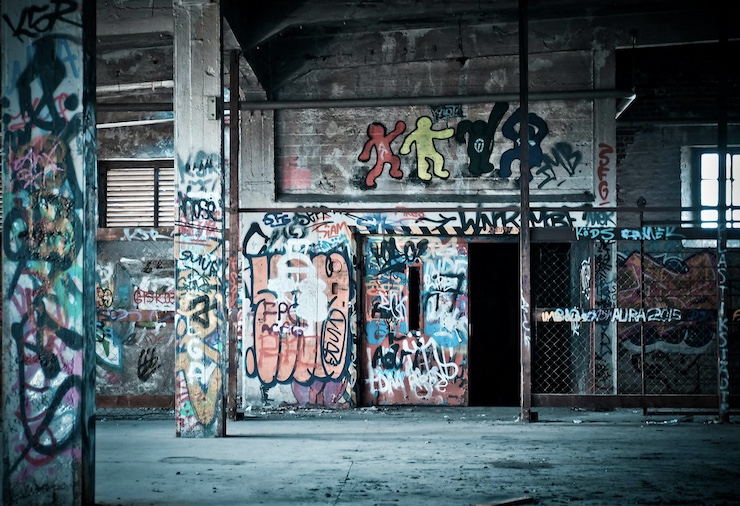
Washington State, famous for its diverse music and art, has gained a reputation for having a strong graffiti culture. The area is home to renowned graffiti artists such as No Touching Ground, Sneke, and Weirdo, who have become known for their distinctive styles and adherence to property laws. However, there is a large number of graffiti artists who vandalize privately owned property, spreading messages that support gangs, hate, drugs, and other illegal activities. In response, Washington has set up various efforts to control graffiti, including designating areas like the Capitol Hill Free Wall, where graffiti art is encouraged, arresting and fining vandals, and costly cleanup programs.
The Washington State Department of Transportation (WSDOT) is responsible for cleaning up the countless acts of illegal graffiti found on roadways. Recently, the department published plans to develop safer and more cost-effective solutions for combating graffiti in a document titled Graffiti Proviso: Graffiti Abatement and Reduction Pilot Program. The document’s introduction states: “Graffiti removal costs approximately $3,000 per tag, and WSDOT spends $500,000 to $1 million annually on removal efforts, which are limited by available time and resources. Despite the financial burden graffiti imposes on the state, WSDOT lacked the technology to detect taggers automatically. Beyond the costs, graffiti removal and enforcement take critical public safety efforts away from WSP [Washington State Patrol] and WSDOT maintenance workers and expose them to safety risks while working near high-speed traffic.”
The proviso goes on to outline new practices that include the installation of automatic detection systems and drone technology. Working with four different contractors, WSDOT set up video detection devices at several graffiti hotspots. The systems use cameras with artificial intelligence to track illegal graffiti activity. For example, if the system registers two individuals, it can then determine which of the individuals is a bystander and which is performing an act of vandalism. The system then alerts a WSDOT Traffic Management Center (TMC) to review the footage. The TMC agent verifies and contacts the WSP to intervene. The data showed a high rate of success between the four vendors; however, the systems have not yet proven to be a graffiti deterrent.
This is why WSDOT is also exploring drone technology to be used for graffiti cleanup. WSDOT contacted Aquline Drones (AD), a Hartford, Connecticut-based drone solutions company, to begin using the Spartacus Endure spraying drone. As explained on AD’s website, the drone is a “powerful multi-rotor aircraft with complete accessories for low-pressure and high-pressure spraying, making it an ideal tool for spray washing residential, commercial, and industrial surfaces.” While the Endure drone is typically used with cleaning agents, AD worked with WSDOT to modify it to paint over graffiti rather than clean it off—a quicker and more cost-effective process.
The drone is tethered to a power source and paint supply hose. What WSDOT found is that using this drone system sped up graffiti abatement, reduced costs, and kept employees safe. There are some issues to work out, such as strategic planning that takes into consideration traffic and an alternate power and paint supply source. WSDOT found that the drone’s tether prohibited them from using the drone in areas like billboards, where the tether could become tangled with the surrounding environment.
The proviso provided data showing that the drone program, in particular, was highly successful. “The drone program provides a very effective additional tool for graffiti removal in locations that mitigate the risk of employee injury due to the graffiti’s precarious locations,” the document states. “It also provides a more cost-effective way to handle graffiti removal from locations where specialized equipment is required. The use of drones to remove graffiti in dangerous and difficult locations is also a better use of resources. It takes less time to remove the graffiti with a drone compared to traditional methods, which deters ‘retagging.'”
The department says they will continue researching both the monitoring systems and drones to combat unauthorized graffiti. While there are still obstacles to overcome, such as refining the technology and addressing logistical challenges, the efforts of WSDOT demonstrate a forward-thinking approach to both protecting public property and ensuring the safety of workers. By leveraging these advancements, Washington is not only working to reduce the financial and safety impacts of graffiti but also setting a precedent for how technology can be harnessed to address urban challenges in an efficient and cost-effective manner.
|